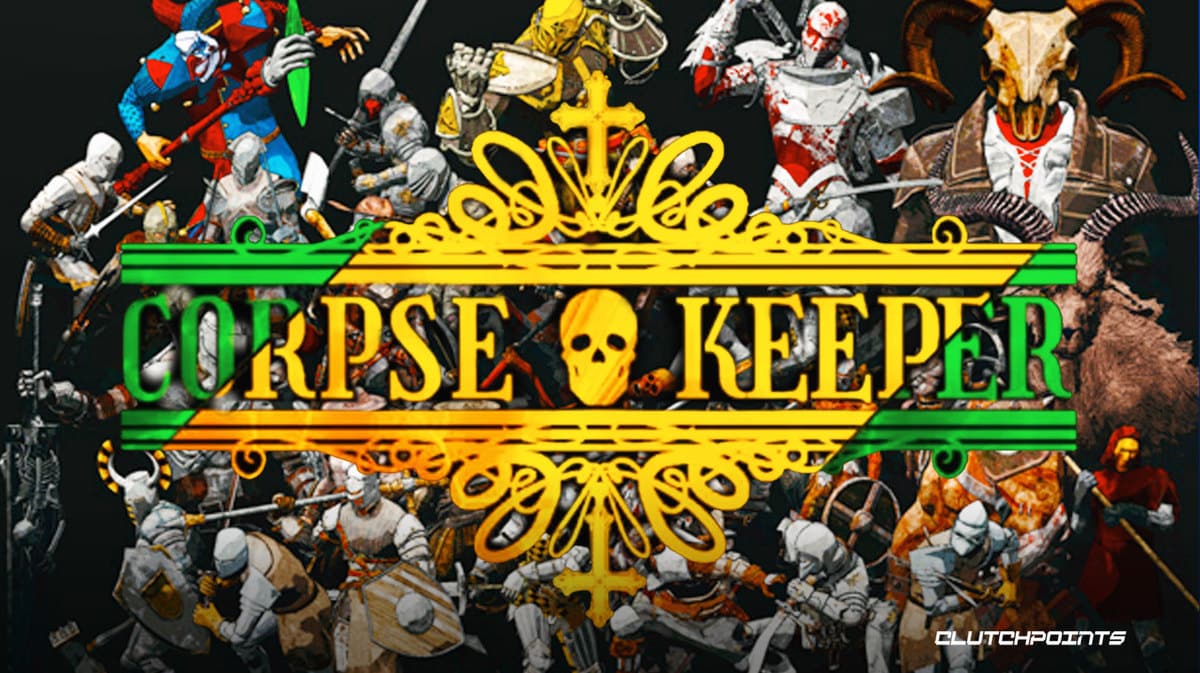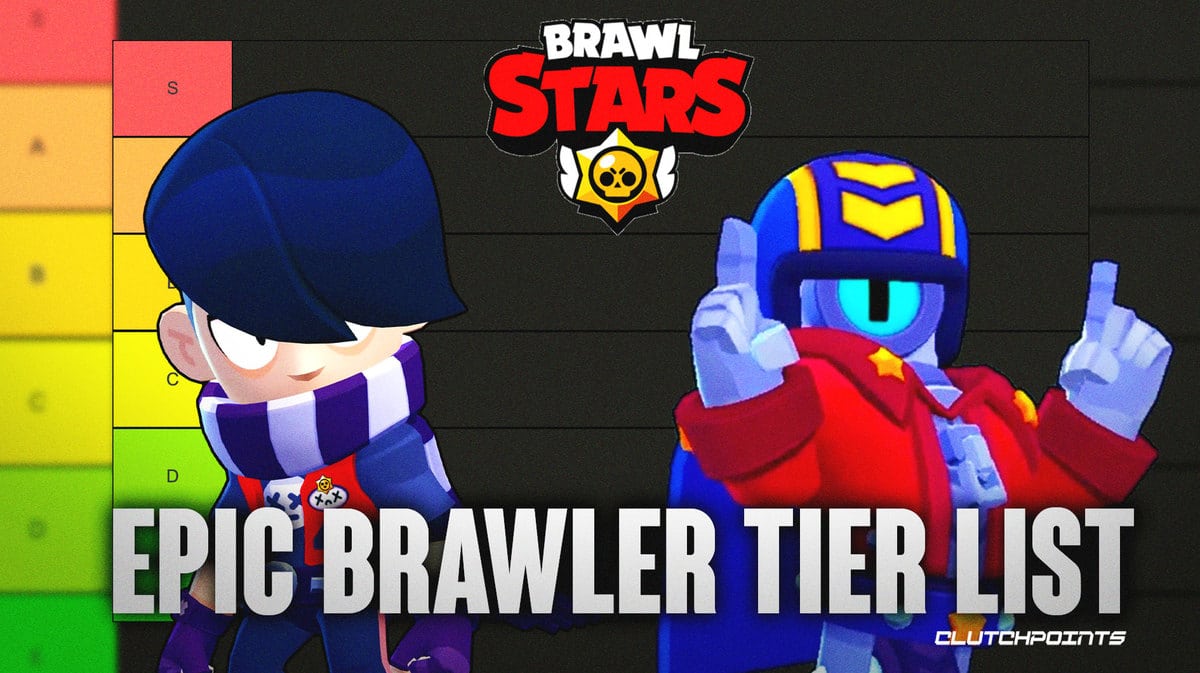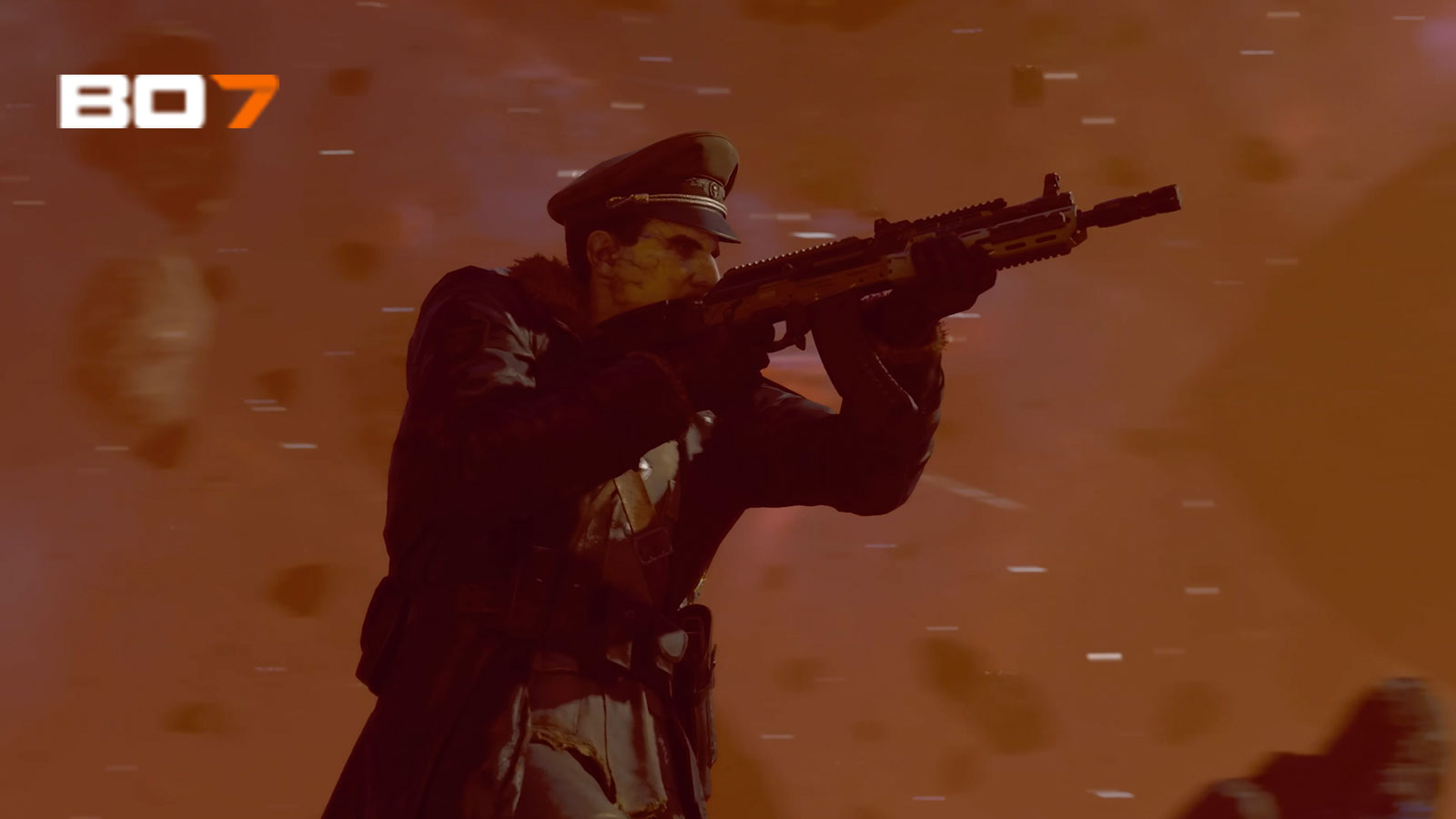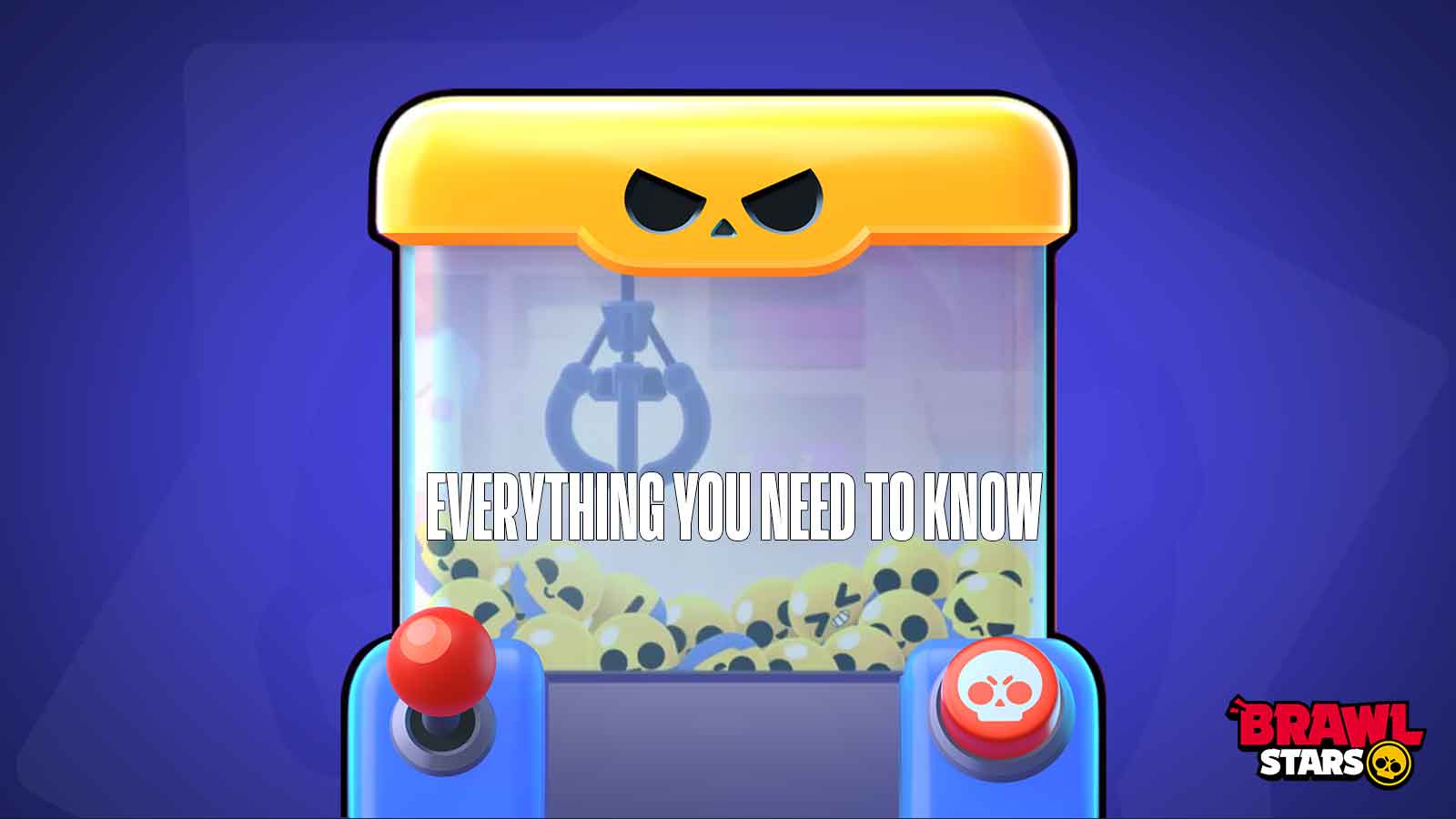I must admit that my first impressions for Corpse Keeper weren't good. It took time before I warmed up to the game, and I'm glad that I did. Still, the negatives that I saw throughout my first playthrough persisted even after I felt I've played enough to write this Corpse Keeper review. The game has a lot of potential, with an ambitious attempt to build its fortune on its own unique take on the roguelite genre, only to be reeled in by some design issues and balancing problems. Let's take a closer look.
Corpse Keeper Review: What is Corpse Keeper?
Corpse Keeper is a roguelite dungeon crawler 2D fighting game developed by Melancholia Studio and published by Thermite Games, formerly known as Death Cathedral. It's currently out on Early Access on Steam, after the game went through a successful Kickstarter campaign that saw the game raise almost $11,000 against its $10,000 target.
Story
Corpse Keeper's story is told with an expositive narration told as you boot up the game: you are a necromancer who serves demons. Using the demon's influence, you drive a young prince into a war that leads the world to chaos. During his coronation ceremony at the cathedral, a ritual allows the demon take over the prince's body, but you, who turns out to be a turncoat, allows the demon (who now is in the prince's body) to be wounded by a human assassin. With the demon wounded, he creates a shield around himself. For the next 15 days, you are to raise an army of the undead who can challenge the demon for one final fight, with power and influence hanging in the balance.
Sadly, unlike other eccentric games that expand the world-building through the clever use of environmental storytelling and item descriptions to build up on the lore and world-building, Corpse Keeper has nothing of the sort – and the story is almost forgotten as soon as you embark on to your first dungeon run.
Gameplay
After the opening intro, you are left immediately to your own devices. In Corpse Keeper, you summon corpses to fight on your stead – the game has about two dozen different corpses you can create – who then engage in mortal combat against any other being you find within the cathedral. Fights are done in 2D fighting game perspective, with the necromancer safely hidden until his corpses manage to defeat the enemies – or until all of his corpses fall in battle.
There's an exploration aspect in Corpse Keeper, where you head from your hideout to a location within the cathedral, exploring one room after another, in which every room either has a looting event or a fight waiting for you. Complete your exploration in one location and you get to keep all loot you get from that run as you return to your hideout. Retreat early or get all of your corpses defeated and you lose most of the loot you've collected as you return.
There's also gameplay implications for using corpses to fight opponents – every run you take your corpses with you, they decay, and you have to spend resources to at least slow down the decaying process. But decay is inevitable, so sooner or later, the corpses you rely on to fight will break down and disappear, forcing you to create more corpses to fight for you.
To create corpses, you collect the skeletons and the bones of the fighters you defeat as you explore. Skeletons serve as bases of the corpses you create, and then each type of corpse has its own bone count. You have to defeat several enemies of the same kind so that you'd have enough bones to create a corpse out of them – and then you can also use other loot like hearts and preservatives to make newer versions of your corpses stronger. This is your key to success, as you have to create stronger and stronger versions of corpses for you to survive the increasing difficulty of the dungeons you explore. This becomes harder and harder to do as the difficulty of fights increases, which we cover next.
Fights in Corpse Keeper are tough as nails. It follows the Dark Souls approach in fighting that you have to learn the movesets of your enemies and formulate a way to beat them. Each type of enemy in Corpse Keeper corresponds to a type of corpse that you can make, and once you have access to a corpse, you'd be able to look at its movesets and learn how to fight them better. The trouble is when you fight against new enemies that you haven't gained access to yet, so their attacks will be unpredictable and unfamiliar. In Souls games, at least you have a 3D environment to dodge around in to study your opponents, but Corpse Keeper only gives you a short hallway in 2D space, which means dodging will only get you cornered to one side until you find an opportunity to roll to the opposite side – which in this game requires you to be directly beside the opponent to execute, putting you in harm's way before you get to dodge.
An additional challenge in learning your opponents' movesets is that each kind of corpse has different moves that it could learn. Each corpse has a set combo composed of different attacks, so you also have to take into account different permutations of these combos when fighting them.
In combat, you have two attack buttons: one attack that cycles through your aforementioned moveset, and another that unleashes a powerful attack that often goes through blocks, that requires a special kind of limited resources to execute. The game also uses a posture system that allows you and your opponent to get stunned when hit enough times. The key to winning fights is to parrying at the right time – which then damages the posture of the opponent – and hitting the enemy enough to get them stunned, allowing you to hit the opponent for full damage. Defense requires the perfect timing in dodges, parries, and dodge rolls to prevent your corpse from getting damage – as damage in battle actually carries over and makes your corpses more susceptible to long-term decay.
Outside of combat, the game also requires strict resource management in making sure that you have a well-stocked army of corpses to fight for you – equipped with new weapons and talismans you acquire from your runs, and maintained by preservatives, flesh, and bone dust to keep your corpses in tip-top shape to weather another run. The roguelite aspect of the game kicks in with its rather simple blood vial upgrade system, which allows you to invest blood for a better set of starting resources on your next game. Hence, the game does not expect you to finish your first 15-day run right away, and instead expects you to lose a couple of tries and complete the game once you have invested enough blood for a run wth enough resources that could get you to the final boss.
That is where, perhaps, Corpse Keeper is at its most unforgiving. Unlike other roguelites that is difficult enough to pose a challenge but does not directly block you from a speedrun that would allow you to finish the game in just one run, Corpse Keeper makes it extremely difficult to do so. There are some balancing issues that will lock you out on your progress regardless of how good you are with the combat, and some design issues as well that works against the player in terms of progression.
Overall, Corpse Keeper is a masochist's paradise – the game is so unforgiving that it will require someone who likes getting hurt and dying so much that they won't mind going through the same setup over and over again until they finally have enough resources to challenge the final boss – the demon prince. It doesn't give a lot of opportunities to learn the moves and find out how your corpses fight, so all learning are hands-on – they happen during the fights themselves. But given that all opponents you fight are corpses you yourself could create, all fights are fair and winnable. It's just that the difficulty scaling is too unforgiving that it will really take you a couple of tries before you'd be able to surmount the challenge.
In terms of content, Corpse Keeper currently only has one scenario for players to overcome – that one cathedral where you betrayed the demon and spend fifteen days preparing for one final showdown. The game would benefit from customizable start points and gameplay lengths, more biomes to explore and conquer, and difficulty sliders that would make the game more accessible and easier to lear. Even just a practice area where you can try out the movesets of your corpses and try out different combos for reference to fights and this game would be much less forgiving and helpful in actually equipping players for success.
Graphics
Corpse Keeper has a unique look with an art style that mixes cel shading with gothic imagery and design. It's very serviceable and it gives the game its own identity – one look at a screenshot years down the line and I would immediately recognize that it's Corpse Keeper. However, the game suffers from terrible UI design. The UI is not intuitive, and its font and text locations make it hard for people who play the game for the first time make anything out of the information that the game tries to present. The lack of tooltips also is a problem as the UI uses a lot of symbols as shorthand for gameplay mechanics, build and crafting requirements, and there have been plenty of times that I did something I didn't want to do in the hideout only because the UI didn't communicate well enough what pressing one button would actually do.
Overall, the design clearly conveys the themes and feels that Corpse Keeper wants to evoke, so the game gets plus points for that. It just needs to be polished a little bit more to make the game a little bit more appealing to a wider audience, and make it more digestible in terms of information communication through graphics and UI.
Music and Sound Design
Corpse Keeper's music and sound design are run-of-the-mill. The music has the generic spooky vibe during preparation and exploration, with the music changing to epic fighting music while in combat. Soung design has nothing special but it does the work needed, with distinctive metals clanging at each other effectively telling me whether an attack was parried correctly and sounds of metal ripping through flesh reminding me that the attack actually hurts my characters. It's just that the overall package when it comes to the music and sound design is bland and nothing special, which could have been another aspect in which Corpse Keeper could have shined. It already has the unique gameplay take on roguelites and its easily-recognizable graphics. All it was missing to really hit the bull's eye is an equally unique and finely-tuned score. Music can also be used to tell a story, and Corpse Keeper missed out on that opportunity entirely.
Verdict: Is Corpse Keeper Worth Your Time and Money?
At its current state, the game still feels wonky and rough around the edges. Only those who want to support the game developers to allow them to continue improving the game to make it ready to launch outside of Early Access should buy it at its full price of $20. Everyone else should wait and see if the game will improve from its current state and see if it is able to meet its full potential. That, or wait for a sale that would bring the cost down to at least $12.
Corpse Keeper offers a very unique gameplay that will keep you hooked as soon as you learn its ins and outs. However, it will take you some time to actually get there, and the game itself doesn't give it any favors for making it hard to pick up and play for newcomers. The developers should spend more time making the game more accessible, with a lot more work to be done on scaffolding to effectively teach newbies the many different mechanics the game has to offer. The game has a lot of depth, but struggles to introduce it to its player, instead relying on message boxes with tips to give players an idea of what they can do. Still, these tip boxes leave a lot of key information hidden, which makes it hard to enjoy Corpse Keeper until you really dive into its mechanics and gameplay.
Score: 6.5/10
Editor's Note: ClutchPoints received a PC review copy to allow us to cover this game. This copy did not, in any way, affect this Corpse Keeper Review’s final score and verdict.



















